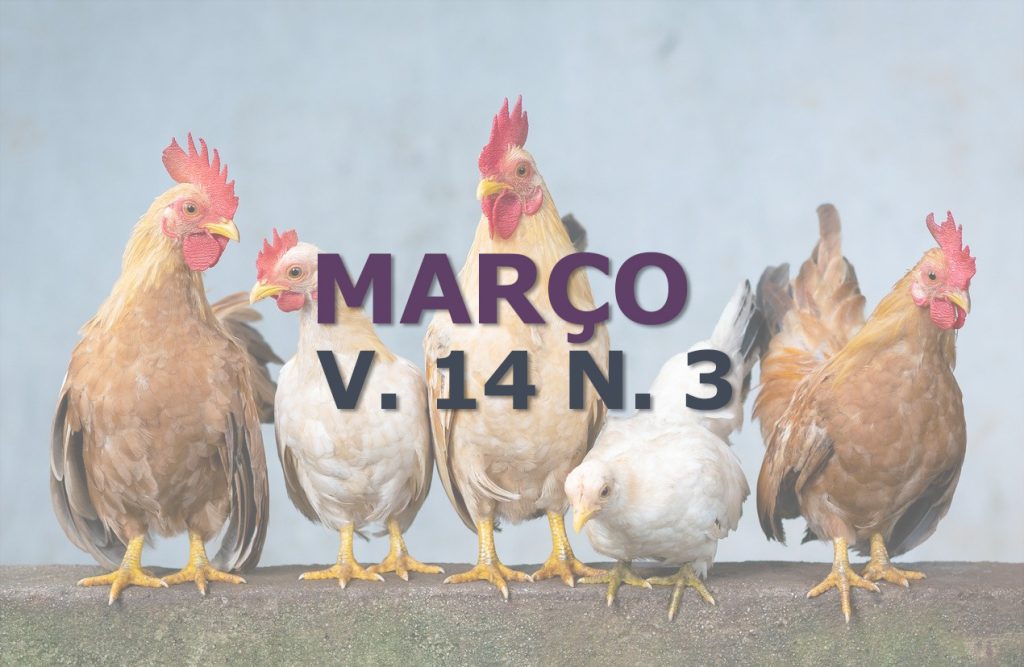Diagnostic and therapeutic approach of urolithiasis in a feline: case report
DOI:
https://doi.org/10.31533/pubvet.v14n3a522.1-8Keywords:
analyze, bladder stones, cystotomy, diet, urinary tractAbstract
Urolithiasis is a common condition in the feline clinic, characterized by the presence of urolith in any segment of the urinary tract. This study aimed to report the case of a 3 - year – old male, castrated male with two bladder uroliths, hematuria, polaquiuria, dysuria, strangury, urinary incontinence and apathy. On the ultrasound examination, the presence of two hyperechoic structures was detected in the urinary vesicle. The treatment was surgical excision, througt cystotomy. Subsequently, the calculations were sent to a qualitative laboratory evaluation, in which the composition designated triple phosphate/ struvite stones. In the postoperative period, a diet based on specific therapeutic ration for the urinary tract was recommended. After 6 months the animal showed no signs of urinary tract disease. The surgical procedure showed efficiency eliminating the symptoms resulting from the uroliths. In addition, analysis of cauculations is essential to establish proper diet and prevent recidivism.
Downloads
Published
Issue
Section
License
Copyright (c) 2020 Patrícia Kelly Galúcio e Silva, Edileni Barbosa da Silveira, Dennis José da Silva Lima, Yuri Teiichi da Silva Kobayashi

This work is licensed under a Creative Commons Attribution 4.0 International License.
Você tem o direito de:
Compartilhar — copiar e redistribuir o material em qualquer suporte ou formato
Adaptar — remixar, transformar, e criar a partir do material para qualquer fim, mesmo que comercial.
O licenciante não pode revogar estes direitos desde que você respeite os termos da licença. De acordo com os termos seguintes:
Atribuição
— Você deve dar o crédito apropriado, prover um link para a licença e indicar se mudanças foram feitas. Você deve fazê-lo em qualquer circunstância razoável, mas de nenhuma maneira que sugira que o licenciante apoia você ou o seu uso. Sem restrições adicionais
— Você não pode aplicar termos jurídicos ou medidas de caráter tecnológico que restrinjam legalmente outros de fazerem algo que a licença permita.





